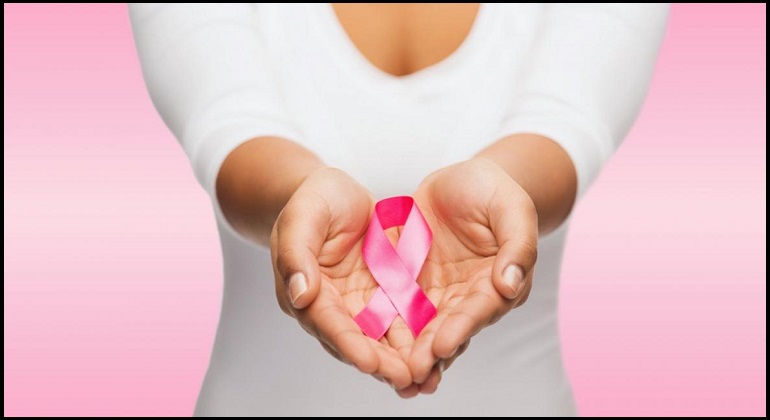
A clinical breast examination (CBE) is a physical examination of the breast done by a health professional. Clinical breast examinations are used along with mammograms to check women for breast cancer. Clinical breast examinations are also used to check for other breast problems.
A clinical breast examination may be part of your regular checkup. Talk with your health professional about how often you need a breast examination.
Women with breast implants should also have regular clinical breast examinations.
Why It Is Done
A clinical breast examination is done to:
Find a lump or change in the breast that may mean a serious problem is present, such as breast cancer. Check other breast problems that may need more treatment, such as mastitis or a fibroadenoma.
How To Prepare
Tell your health professional if you:
A clinical breast examination may be part of your regular checkup. Talk with your health professional about how often you need a breast examination.
Women with breast implants should also have regular clinical breast examinations.
Why It Is Done
A clinical breast examination is done to:
Find a lump or change in the breast that may mean a serious problem is present, such as breast cancer. Check other breast problems that may need more treatment, such as mastitis or a fibroadenoma.
How To Prepare
Tell your health professional if you:
- Have a new lump or change in your breasts. This includes a change in the way your nipples look or if you have any nipple discharge.
- Some women have nipples that sink into the breast, called inverted nipples. For these women, this is normal. But if you do not have inverted nipples and notice a change where your nipple becomes inverted, tell your doctor.
- Have pain in one breast, especially if the pain is not related to having your menstrual period.
- Are or might be pregnant.
- Are breastfeeding.
- Have breast implants.
- Have had a breast biopsy.
- Have completed menopause.
- Are taking hormone therapy.
- Have a personal or family history of breast cancer.
- You may want to have your examination 1 to 2 weeks after your menstrual period ends, if you are still menstruating; your breasts are less likely to be tender at that time.
